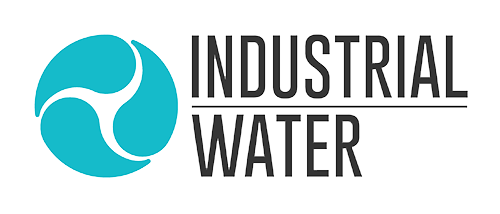Legionella Management
Having a water management program in place to prevent the emergence of Legionellosis from water systems is crucial for industries like health care, retirement, education, property management, and others. Industrial Water Treatment has the experience to develop a program to make sure you meet ASHRAE Standard 188.
A Top Priority
For building owners, meeting ASHRAE Standard 188 is absolutely critical. Along with the responsibility to provide safe water for the people living and working at your building, ASHRAE Standard 188 also sets the standards used to judge accountability. Through verified and documented adherence to ASHRAE Standard 188, the liability of building owners and operators can be reduced in cases of outbreak.
Components of an Effective Water Management Program
1. Program Team
Industrial Water Treatment would be your program team. The team is responsible for developing and implementing the water management program.
2. Describe Water Systems & Flow Diagrams
The beginning step is to describe the potable and non-potable water systems at the facility and develop schematics for the system.
3. Analysis of Building Water Systems
The next step is to conduct a schematic analysis of hazardous conditions in your building’s water system.
4. Identify Control Locations
We identify locations in the water system where control measures are required. This is done for monitoring purposes.
5. Set Control Measures
After the control locations have been identified, we determine the control measures to apply to those locations.
6. Control Limits
Each control measure at each location needs control limits. These include but are not limited to maximum value, minimum value, or a range in which a chemical or physical parameter must be monitored and maintained at an acceptable level.
7. Monitoring & Corrective Actions
After the control limits have been set, ongoing monitoring is performed to make sure the program stays within limits. If there is an instance where results fall outside of the control limits, the appropriate corrective actions will be taken.
8. Verify Program Implementation
After the program has been implemented, there must be procedures established to confirm the program is being implemented as it was designed.
9. Validate Program Efficiency
Alongside verification of implementation, validation that the program is effective at controlling hazardous conditions is also necessary.
10. Documentation & Recordkeeping
Finally, documentation of all procedures and records must be maintained on an ongoing basis.

Why Industrial Water Treatment?
Our experienced team and agile structure allow us to implement highly effective Legionella Management programs. When it comes to complying with Standard 188, an experienced and responsive team is critical.
